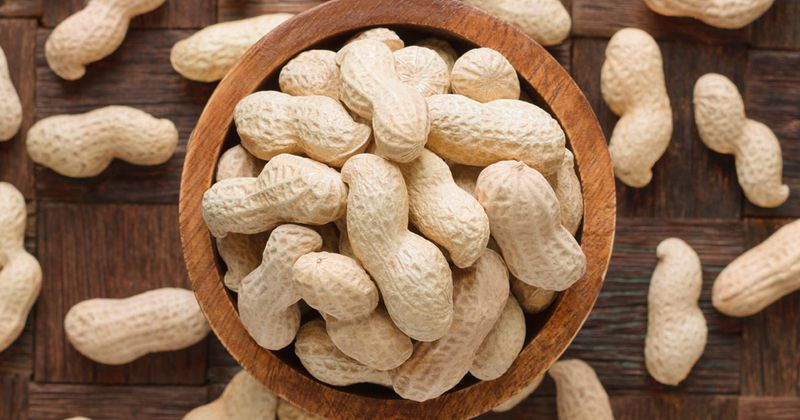Top news of May: Peanut allergies, epinephrine access, online misinformation, more
Click Here to Manage Email Alerts
Healio compiled the most-read news in allergy, asthma and immunology posted in May.
Highlights included epicutaneous immunotherapy and early introduction for peanut allergies, new regulations for epinephrine in treating anaphylaxis, the need for caution in reviewing online medical information, and more.

Immunotherapy skin patch could address ‘urgent’ need among toddlers with peanut allergy

Epicutaneous immunotherapy was superior to placebo in desensitizing toddlers to peanuts and in increasing the dose of peanuts that trigger allergic symptoms, Matthew Greenhawt, MD, MBA, MSc, FACAAI, of Children’s Hospital Colorado, told Healio. Also, Aikaterini (Katherine) Anagnostou, MD (Hons), MSc, PhD, and Jennifer A. Dantzer, MD, MHS, provide their Perspectives. Read more.
California legislation requires accessible epinephrine in schools
The Muñoz SAFE Act requires schools to store epinephrine autoinjectors in accessible locations and allows activity supervisors to be trained to administer epinephrine to children in need, Jason Linde, MA, of Food Allergy Research & Education, said. Read more.
FDA advisory committee votes in support of epinephrine nasal spray for anaphylaxis
Available data support a favorable benefit-risk assessment for ARS Pharmaceuticals’ neffy nasal spray in treating anaphylaxis in adults and children who weigh at least 30 kg, according to the U.S. FDA Pulmonary-Allergy Drug Advisory Committee. Read more.
Early introduction of peanut, egg to infants associated with intake of other allergens
Parents who are willing to introduce peanut and egg in infancy are much more likely to introduce other food allergens than parents who are reluctant to introduce food allergens, Carina Venter, PhD, MD, of Children’s Hospital Colorado, and Christopher M. Warren, PhD, of Northwestern University Feinberg School of Medicine, told Healio. Read more.
Guide patients to quality online food allergy resources to combat misinformation

The need to decrease anxiety and worry drives people online for information, but the misinformation they may encounter there can exacerbate unhelpful and maladaptive behaviors, making provider guidance essential to positive outcomes, wrote Tamara Hubbard, MA, LCPC. Read more.
Relationships between asthma, gastroesophageal reflux disease trend toward significance
A correlation between DeMeester scores and respiratory indicators approached statistical significance in patients with bronchodilator response and pathological gastroesophageal reflux disease, Richa Sheth, MD, of University of California, San Diego, said during her presentation at the American Thoracic Society International Conference. Read more.
Simultaneous oral immunotherapies for multiple foods deemed safe, feasible
Single-food oral immunotherapy and simultaneous OITs for multiple foods both were safe and feasible via established protocols, according to a study published in The Journal of Allergy and Clinical Immunology: In Practice. Also, Na’ama Epstein Rigbi, MD, of Shamir Medical Center, shares her Perspective. Read more.
Dupilumab improves eosinophilic esophagitis outcomes through 52 weeks

Weekly subcutaneous doses of dupilumab improved histologic outcomes and alleviated symptoms for adults and adolescents with eosinophilic esophagitis, Marc E. Rothenberg, MD, PhD, of Cincinnati Children’s Hospital told Healio. Read more.
Prophylaxis reduces number of hereditary angioedema attacks requiring acute care
Patients with hereditary angioedema using modern prophylaxis had fewer attacks needing icatibant or C1-INH IV than patients on other therapies, Constance H. Katelaris, MD, FRACP, PhD, of Campbelltown Hospital, told Healio. Also, Douglas H. Jones, MD, shares his Perspective. Read more.
YouTube videos about nutritional care for atopic diseases mostly poor, inaccurate
Whereas 32% of videos were useful, they were only considered fair in quality, and the 65% of videos that were misleading were considered very poor, according to a study in The Journal of Allergy and Clinical Immunology: In Practice. Also, Beth L. Hoffman, PhD, MPH, of the University of Pittsburgh School of Public Health, shares her Perspective. Read more.
